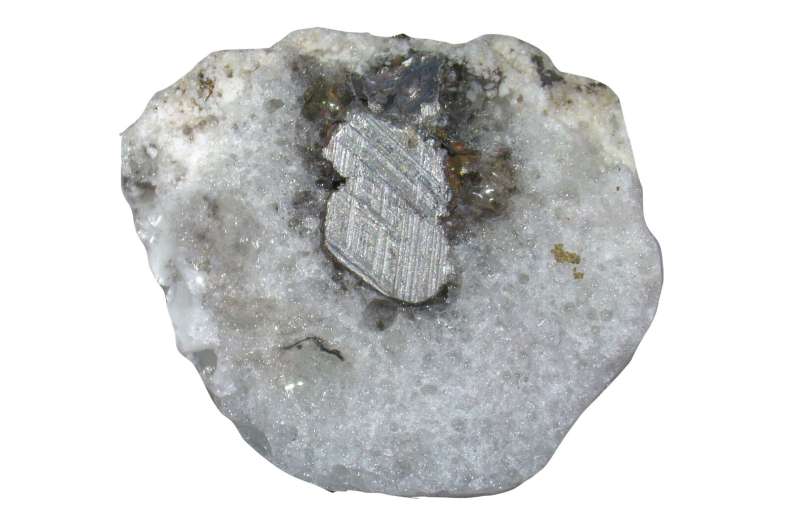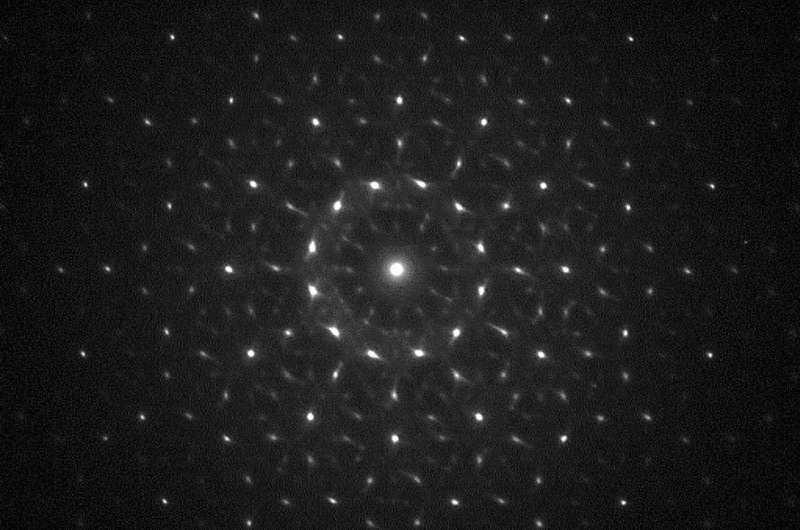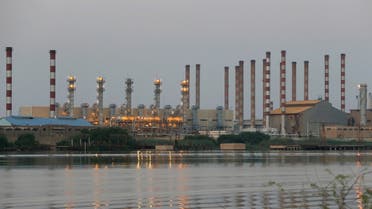Apple sued over alleged ineffectiveness of Apple Watch's blood oxygen reader on people of color

Apple is facing a federal class-action lawsuit that claims the blood oxygen reader in the Apple Watch yields inaccurate results for people of color.
The suit, filed Saturday on behalf of plaintiff Alex Morales in New York, draws on old and new pandemic-era literature that shows that pulse oximeter technology is ineffective in measuring blood oxygen levels in darker skin tones, according to Morales' attorney Spencer Sheehan.
This flaw came to the fore during the pandemic as overwhelmed hospitals used the devices to determine oxygen levels in COVID-19 patients and help make decisions about care. The Food and Drug Administration recently initiated a review of the technology with the goal of offering recommendations to make it effective on all skin types.
But it's unclear whether Apple uses the same technology as a standard pulse oximeter. It calls its feature the "Blood Oxygen" app, and presents it as "breathtaking innovation" online. It also measures blood oxygen at the wrist, as opposed to the fingertip as with pulse oximeters.
Apple did not immediately respond to an inquiry from USA TODAY Tuesday about the lawsuit or the nature of its blood oxygen reader's technology and its effectiveness across skin colors.
Sheehan called the claim in the lawsuit about the app's ineffectiveness "a reasonable inference," based on existing knowledge about the limits of pulse oximeters with regard to skin color.
Apple notes on its website that the blood oxygen reading may be affected by "permanent or temporary changes" to the skin, such as tattoos.
"The ink, pattern, and saturation of some tattoos can block light from the sensor, making it difficult for the Blood Oxygen app to get a measurement," Apple's website reads. But the page makes no explicit mention of a person's natural skin color.
Morales bought an Apple Watch with the blood oxygen reader feature between 2020 and 2021, according to the lawsuit.
He believed the watch purported to measure his blood oxygen levels "without regard to skin tone," and "would not have purchased" or "paid as much" for the watch had he known otherwise.
Sheehan, a New York-based lawyer and a known prolific filer of consumer class-action suits, said he expected Apple to argue that it warns consumers that the product is not intended for medical use.
"Yes, you're not getting this at a drugstore or a medical goods store," Sheehan told U.S. TODAY. "Nonetheless, if a product is presented as a feature that is described as a … blood oxygen monitor, you will expect that it will function without respect to a person's skin color."
The suit alleges Apple violated several laws, including New York state law, and a federal multi-state class action law that prohibits "deceptive business practices."
It alleges Apple committed fraud and unjustly enriched itself by misrepresenting its product's capability and seeks a jury trial.
Attorneys for Apple were not listed at publication time in online court documents, which showed that Apple had received official notice of the lawsuit on Tuesday.
2022 USA Today
Distributed by Tribune Content Agency, LLC.





